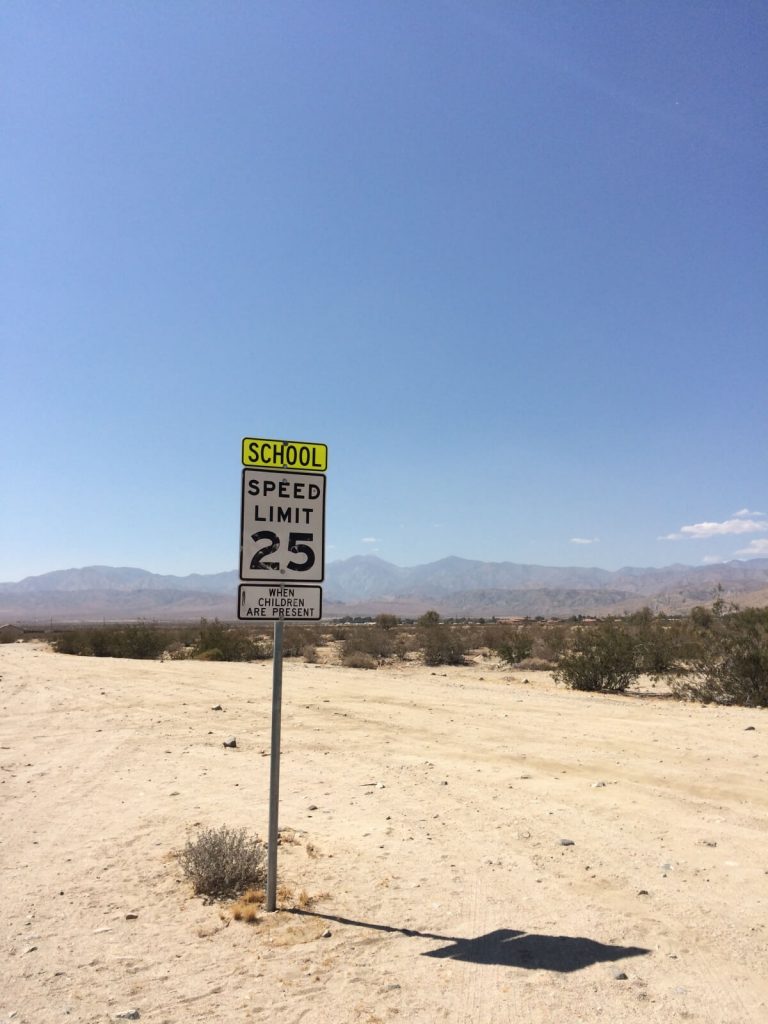Law and Justice won an absolute majority in the Polish Parliament more than one year ago. Immediately after the new government was formed, things in Poland started to change at a great pace and in a very bad direction from the liberal point of view. Jarosław Kaczyński, the leader of the ruling party, together with his puppets (President Andrzej Duda, Prime Minister Beata Szydło, the cabinet, and party speakers in both parliamentary chambers), embarked on a war against a number of achievements of the last 27 years of democratic Poland. One of the fronts is education, even though Poland is considered to be a European success story due to the results of school reform between the early 1990s and 2015.
What is more, the biggest beneficiaries of the reforms were disadvantaged children from smaller towns and villages, whose parents the socially oriented Law and Justice party wants to represent. However, the desperate need of the party to introduce their changes in every field of public life pushed the government to undo reforms and take Polish students back to the 20th century. At the same time, ideology was effectively smuggled into curricula. Schools will thus reflect a conservative, nationalist, and Catholic point of view, the only one that Jarosław Kaczyński approves.
The current government does not care about quality of teaching or the competitiveness of Polish graduates on the European and global job markets. It wants to influence young people’s worldview and shape the party’s future electorate from the early stages of education. This dramatically illiberal agenda must be stopped and reversed. The role of the opposition is therefore to convince society that changes in schools are based on manipulation and a political program, not on intentions to improve the status quo.
Education Reforms in Poland
Following the modernizing reforms launched at the end of the 1990s, Poland was the biggest education success story among Central European countries. In the early 1990s, more than 60 percent of adults living in rural areas in Poland had only a primary school education. Today, 39 percent of 30-year-olds have higher education diplomas. No other European country climbed the international education rankings as consistently as Poland (e.g., OECD’s Programme for International Student Assessment). Polish students improved their results in all competence fields tested: mathematics, science, and reading and interpreting. Moreover, the results are significantly better for both the best and the worst pupils. Results of Polish students were below the OECD average in 2003 and in subsequent surveys in 2006 and 2009, while in 2012, Poland achieved results significantly above the average level. The latest 2015 OECD education ranking places Poland as 5th in Europe and 11th in the world.
Download Full Article:
Miłosz Hodun_Education in Poland at the Service of the Ruling Party_Review 6
Download Full Magazine:



